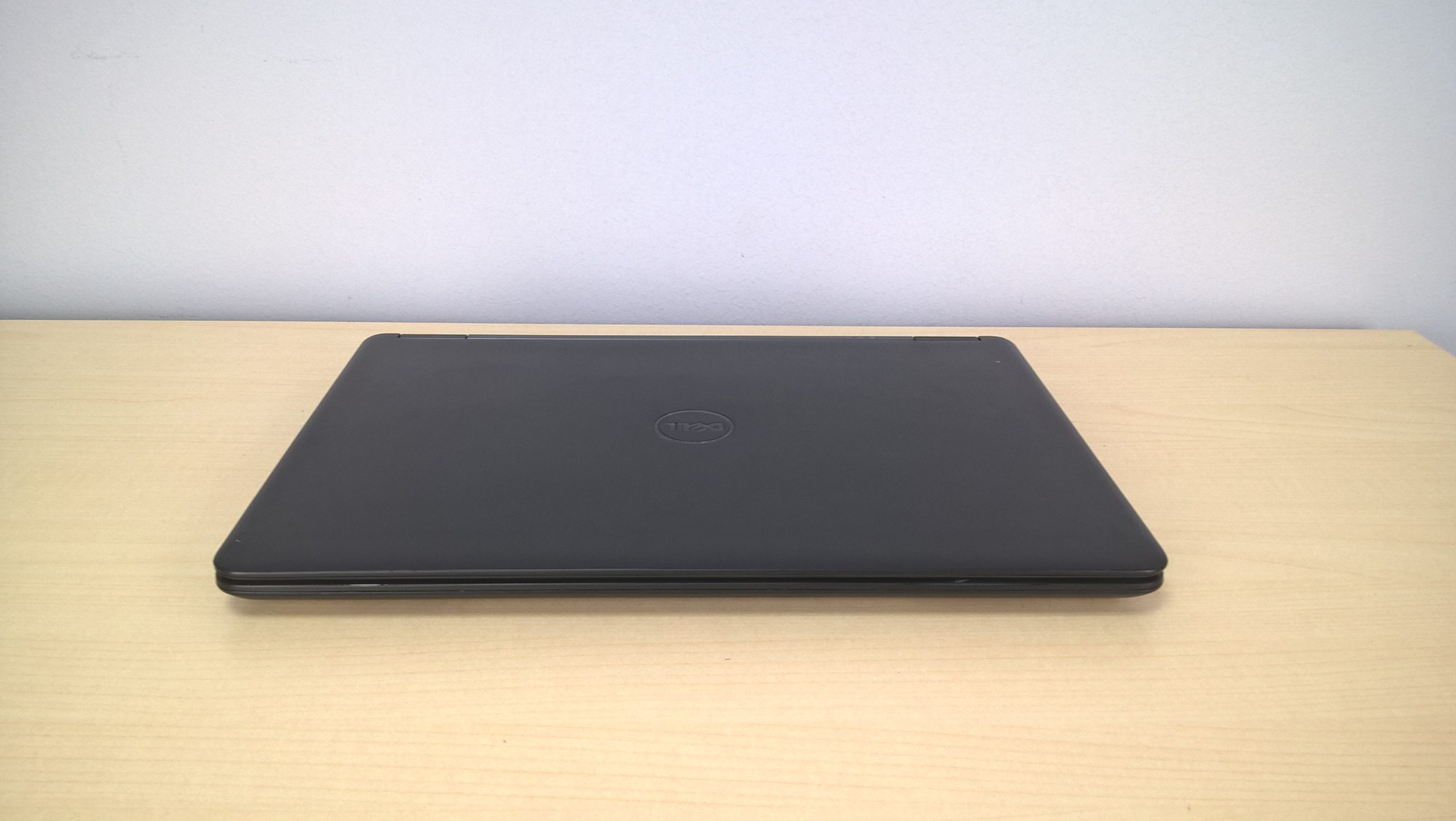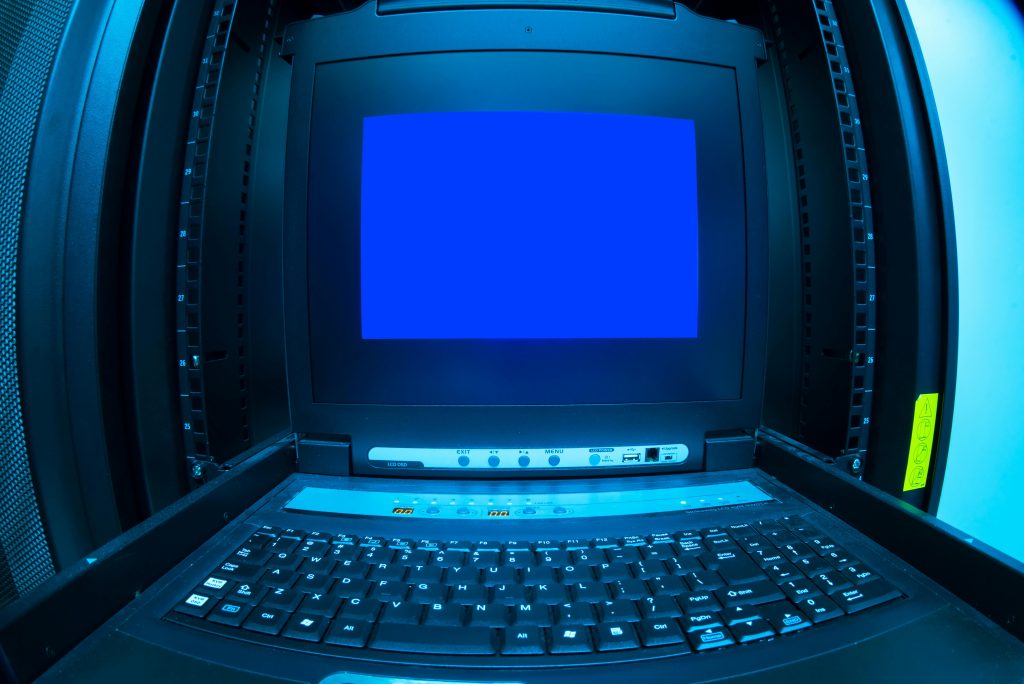When Your Computer Fails: Troubleshooting Tips for a Critical Research Tool
In the realm of academic research, particularly for those pursuing advanced degrees like a PhD, a reliable computer is often the linchpin for success. Recently, I encountered a frustrating hiccup when my Windows desktop, an essential component of our lab’s setup, decided to power down unexpectedly. After being operational for 5-10 years, it suddenly refused to turn back on, leaving me in a lurch during a crucial time for my experiments.
The Problem at Hand
There was no evident indication of a power issue—no outages or flickering lights. Nonetheless, the computer ceased functioning overnight. In my attempts to revive it, I methodically eliminated potential problems. I swapped power cables, tried different outlets, toggled the power switch on the back, and even held down the reset button for approximately 30 seconds. Each effort led to the same frustrating result: a brief flicker of an orange LED light on the front panel, and then, silence.
Given that the machine lacked any identifiable serial numbers or brand markings, I had to rely on some images I had taken to document its state. Our electronics rack may be a bit chaotic, but with some creative problem-solving, we hoped to sort it out.
The Solution
I turned to the online community for assistance, and I must say, the response was overwhelming. While many users suggested the need for data backups or data retrieval methods, I was primarily focused on getting the system operational again—this was not the time for backup discussions.
With the collective help of commenters, we honed in on the power supply unit (PSU) as the likely culprit. By opening the case and testing another PSU we had on hand, we saw positive results: the fans began to spin continuously, a stark contrast to our original unit, which had only flickered for a moment before going dark. The recommendation came through that it was perfectly acceptable to use a PSU with a higher wattage than the original 500 watts, so I decided to take action.
I made my way to a local store and purchased a 650-watt PSU. After installing the new unit, the computer sprang back to life! With everything back in the rack and operational once more, I could resume my experiments without further delay.
Final Thoughts
This experience is a reminder of the vital role technology plays in research and the importance of troubleshooting methods. The comments and support from the
Share this content:



